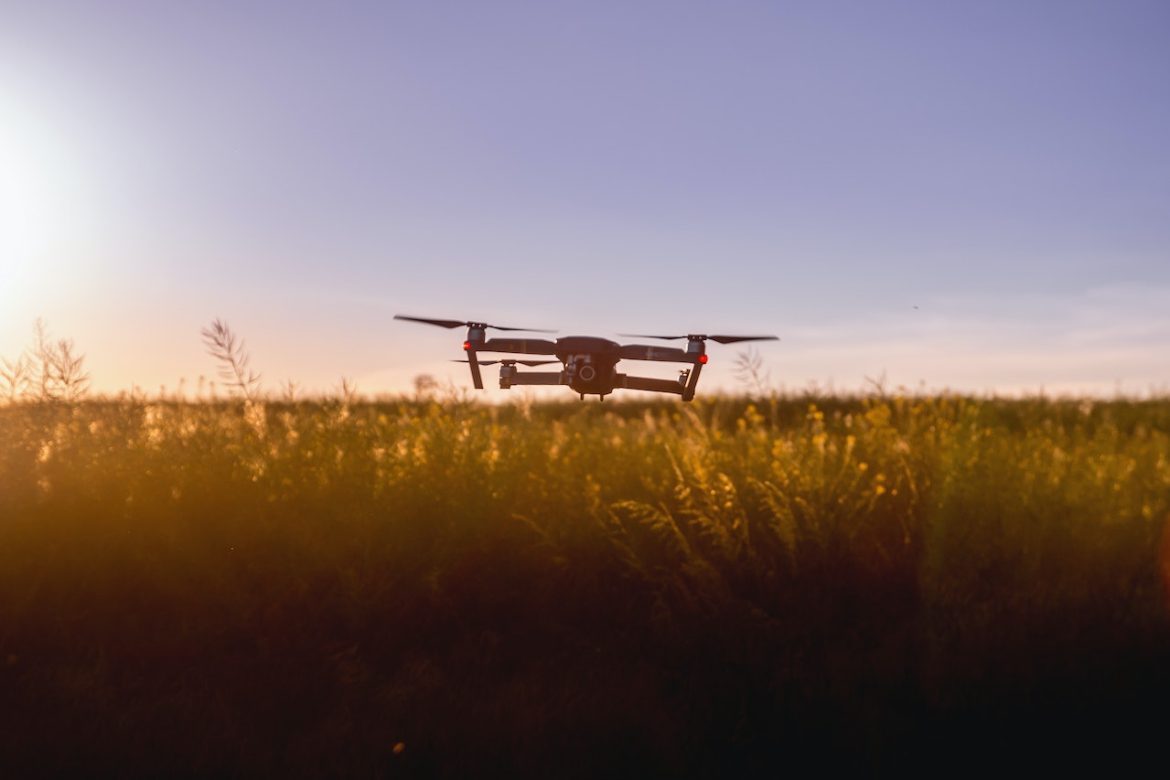With many names falling under the umbrella term Unmanned Aerial Vehicles (UAVs) such as drone, cranes, and helicopters, UVAs are aircraft that can either be pre-programmed in advance to flight or controlled remotely.
Many different industries have started to use UVAs because of the diverse benefits that they can offer. Some of these industries include:
- Governments
- Recreational
- Commercial
- Military
While previously seen as a questionable investment due to the capital it required, UVAs such as the drone crane is increasingly becoming more affordable. Alongside, many drones are now built with eco-sustainability in mind, adding an additional benefit to the ease of automated air transportation and observance.
Benefits that implementing drones both in work and recreation
Among the wide range of benefits that employing UVAs can offer are:
Security enhancement. Using drones for security is a popular way to monitor events such as sporting occasions, private events, and large public gatherings. Drones are also used to gather information such as prevention and repair with natural disasters.
Precise movements. UVAs are used in mapping, locating items, and agriculture inspection such as weed identification and crop failure.
Aerial imaging. Drones are perhaps most well known for their ability to capture videos and pictures of landscapes. This can again be used for many purposes, including natural disaster mapping, landscape surveying, and recreational and film making.
Ease of use. These days, drones are created with ease of use in mind meaning that they can be used without extensive experience. UVAs can also be maneuvered quite well with flexibility and increased range of movement executed smoothly.
Some cons of using drones
As with everything, there are some challenges with using drones.
These include:
- Safety concerns where air crashes may occur if sensors are not effective.
- Privacy concerns where imaging can go against local legislation.

